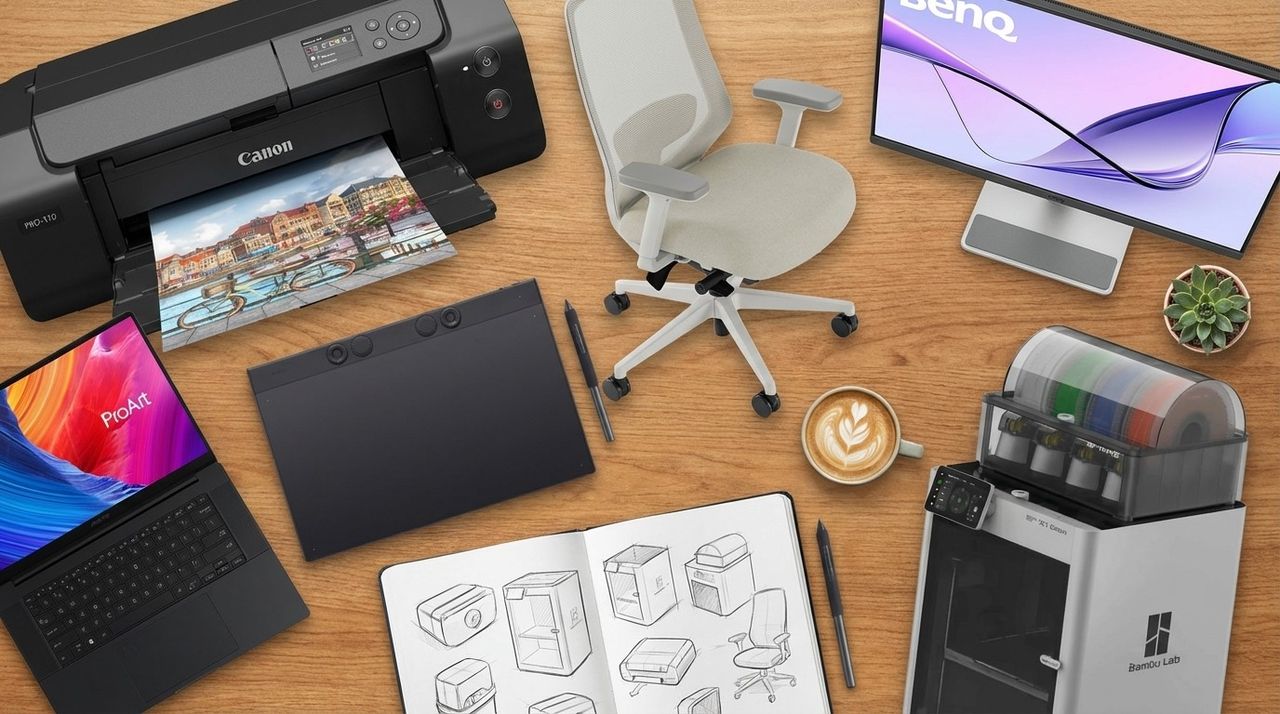Ready to unleash your inner creativity? Dive into the world of filmmaker Antoni Sendra as he pedals through life, transforming the ordinary into the extraordinary!
In this exciting video, discover how #AdobeAfterEffects and #Photoshop can elevate your creative game. Antoni's unique approach will inspire you to edit, design, and animate your way to brilliance. Have you ever wondered what magic you could create?
Trust me; you won't want to miss this! It's like giving your imagination a turbo boost – just without the helmet!
Check it out here:
https://www.youtube.com/watch?v=Zi2Totak5cI
#AdobeCreativeCloud #Filmmaking #CreativeJourney #Inspiration #GetCreative
In this exciting video, discover how #AdobeAfterEffects and #Photoshop can elevate your creative game. Antoni's unique approach will inspire you to edit, design, and animate your way to brilliance. Have you ever wondered what magic you could create?
Trust me; you won't want to miss this! It's like giving your imagination a turbo boost – just without the helmet!
Check it out here:
https://www.youtube.com/watch?v=Zi2Totak5cI
#AdobeCreativeCloud #Filmmaking #CreativeJourney #Inspiration #GetCreative
🌟 Ready to unleash your inner creativity? Dive into the world of filmmaker Antoni Sendra as he pedals through life, transforming the ordinary into the extraordinary! 🚴✨
In this exciting video, discover how #AdobeAfterEffects and #Photoshop can elevate your creative game. Antoni's unique approach will inspire you to edit, design, and animate your way to brilliance. Have you ever wondered what magic you could create?
Trust me; you won't want to miss this! It's like giving your imagination a turbo boost – just without the helmet! 🎨
Check it out here:
https://www.youtube.com/watch?v=Zi2Totak5cI
#AdobeCreativeCloud #Filmmaking #CreativeJourney #Inspiration #GetCreative

0 Σχόλια
·0 Μοιράστηκε









